Fred Schneiter moved to Hong Kong in the 1960s and wasted no time in getting to know the food. Here’s a recipe (and a reminiscence) from the old Causeway Bay typhoon shelter. It appears in his new book, The Taste of Old Hong Kong.
Living in one of the world’s major tourist destinations, the culinary epicenter of the China Seas and a world-class capital of fine dining, prompts many Hong Kong insiders to choose their restaurants following the ancient axiom “the fewer tourists the better the food.”
Fortunately, if you know your way around, the choices are virtually unlimited with a dazzling diversity of restaurants offering every imaginable ethnic favorite from arroz con pollo to zabaglione. Our destination of choice on evenings we felt like having something different was the Causeway Bay typhoon shelter, known to some as “the tycoon shelter” as it harbored the sleek and costly craft of the Royal Hong Kong Yacht Club. It also afforded moorage for a small flotilla of durable seaworthy family junks.
The only tourists in evidence on these outings were those who’d been smuggled in by locals, quite likely with the visitors’ absolute assurance they wouldn’t reveal the location to anyone else. The inclination toward secrecy was perhaps overblown. Even having heard about the place a stranger had little chance of getting to it without help.
Logistically, with its access blocked by sea walls, the harbor and the life-threatening speedway of Victoria Park Road, there were only two reasonable approaches. One was the little-known underground passageway which carried utility services under the road from the basement of the Excelsior Hotel. The other was the harrowing approach by cab from the west. This entailed somehow getting the driver to understand that he had to pull off the speedway right here to discharge passengers in the blink of an eye. If you failed to stop exactly on target the cab would hurtle up the overpass onto Gloucester Road, whisking you off in the other direction.
Tricky. And that’s not all. It was essential to have a Cantonese-speaker make a phone call to reserve a junk which would comfortably accommodate a half dozen or so people. Once aboard, the little craft wheezed and bobbed out to the center of the shelter into a tiny fleet of junks and sampans rolling at anchor on the inky night sea. Each cast a glow from a bare bulb or two. Some were garlanded with multi-colored Christmas tree lights which sparkled and skittered across the choppy waves. As our anchor dropped, small junks pulled alongside like moths to a flame. One was the brightly-lit booze boat, loaded to the gunnels with hard liquor, beer, soft drinks, fruit, snacks and cigarettes. The music boat had a jovial three-piece off-key percussion band with a vocalist who belted out a cacophony of old-time songs in Chinglish. One of the more profitable businesses on the water, a generous tip assured an early upping of their anchor.
Then there were the sampans. Barely a dozen feet long, these were powered by a single oar which extended straight back from the stern. The vessel takes its name from the fact it is little more than three boards (saam paan) nailed together. Most typhoon shelter sampans were miniature floating kitchens.
That’s how we met Suki who churned alongside offering a variety of stir-fried seafood. His specialty—a favorite of typhoon shelter regulars—was clams. After we got to know Suki he shared the recipe. I tucked it away and didn’t get to it for quite some time, confident that when I did it would, typically, take considerable experimentation to figure out what key ingredient Suki had “forgotten” to include. When I finally tried the recipe I was amazed to have it turn out exactly the way he does it, causing the Lovely Charlene to note after dinner, “Suki’s clams even smell great when the dishes are being washed.” It’s a rare restaurateur who will share a recipe, much less a house specialty. Or, in Suki’s case, a boat specialty.
Of course Suki had to be confident in the knowledge a Westerner couldn’t go into competition with him as it’s highly unlikely that one could ever figure out how to propel a sampan with that single off-the-stern oar, without simply going around in circles or falling overboard.
If you aren’t yet into stir-frying, get yourself a wok and give this great dish a try….
SUKI’S CLAMS
serves 2 to 4
Sauce
1 tablespoon black bean and garlic sauce
8 slices fresh ginger, peeled, ¼ inch thick, lightly chopped
1 teaspoon crushed red pepper flakes
1 tablespoon sugar
2 teaspoons salt
2 tablespoons regular soy sauce
Ingredients
2 pounds of steamers or littleneck clams, rinsed, in the shell
3 tablespoons peanut oil for frying
Accompaniment
1 loaf French bread, sliced, for dipping
Mix together in a small bowl the bean and garlic sauce, ginger, pepper flakes, sugar, salt and soy sauce. Warm wok over medium high heat about 2 minutes until a drop of water falling onto it makes just one sizzling bounce. Add oil and increase heat to high and in about 1 minute when oil begins to shimmer and light haze (not smoke) begins to rise add sauce from the bowl. Stir-fry just 2 or 3 seconds. Add clams and stir-fry overhigh heat 1 minute. Cover and reduce heat for 1 minute. Remove cover, and stir occasionally a few minutes more until clams open. Place clams in serving bowl with juice and serve at once, with plenty of French bread for dipping into the juice while the clams are eaten.
Tips—Black bean and garlic sauce will be found at an Asian market or at your supermarket’s Asian section. Overcooking toughens clams. Discard any clams with broken shells or which float or which will not close tightly during rinsing under cold running water. When dining discard any which are not well opened. The American West Coast hard shell Manila and steamer clams are similar to those used by Suki but any small meaty clams should work fine. Commercially raised clams from the supermarket generally need only to be rinsed and drained. Eat them individually by hand, extracting the meat with chopsticks. Dip the French bread into the juice. It’s finger food, so feel free to approach this business casually. Set a big bowl on the table for empty shells and provide each diner with a damp, chilled washcloth. A bowl of warm black tea with a few thin slices of lemon may also be provided to rinse fingers after eating.
A final word of caution. Under no circumstance use your best tablecloth. In the typhoon shelter the table covering was either newspapers or butcher paper, which made sense. And would have tasted pretty good if you were set adrift for any length of time and had nothing else to eat.
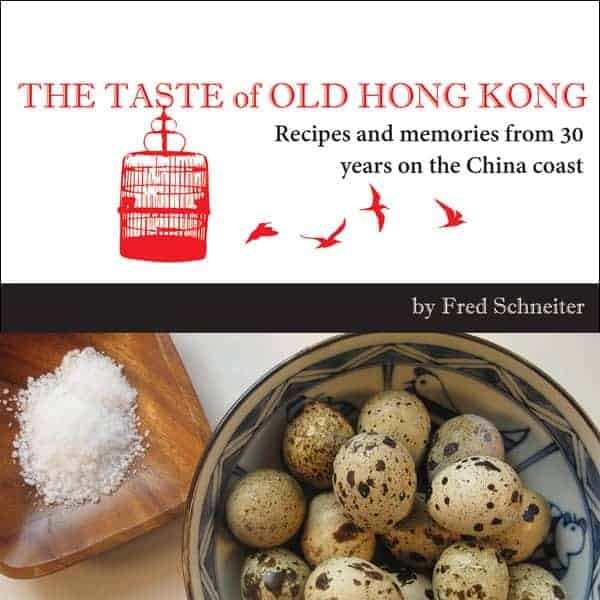
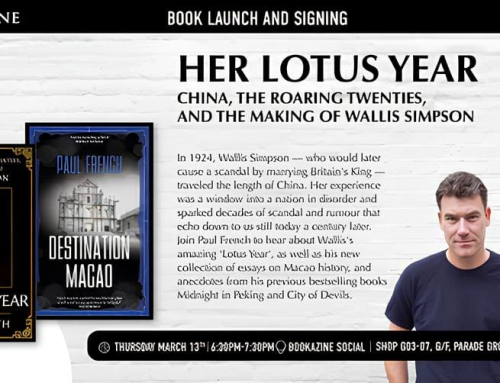
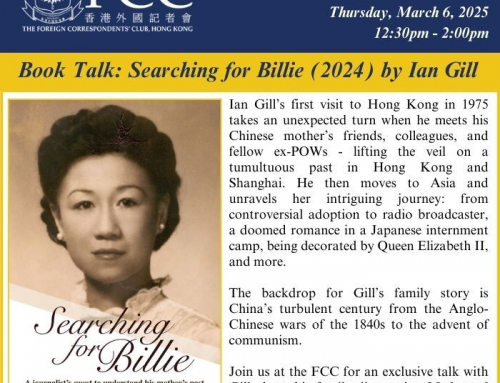
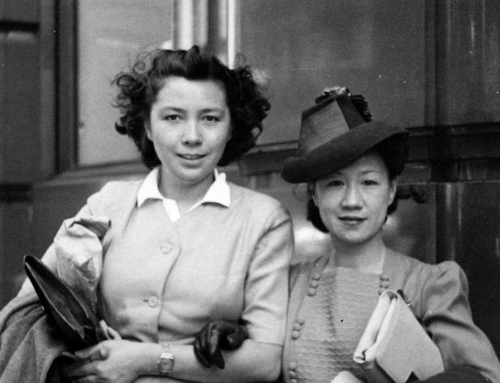
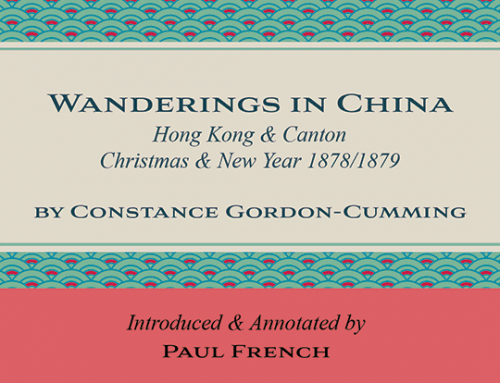

Leave a reply